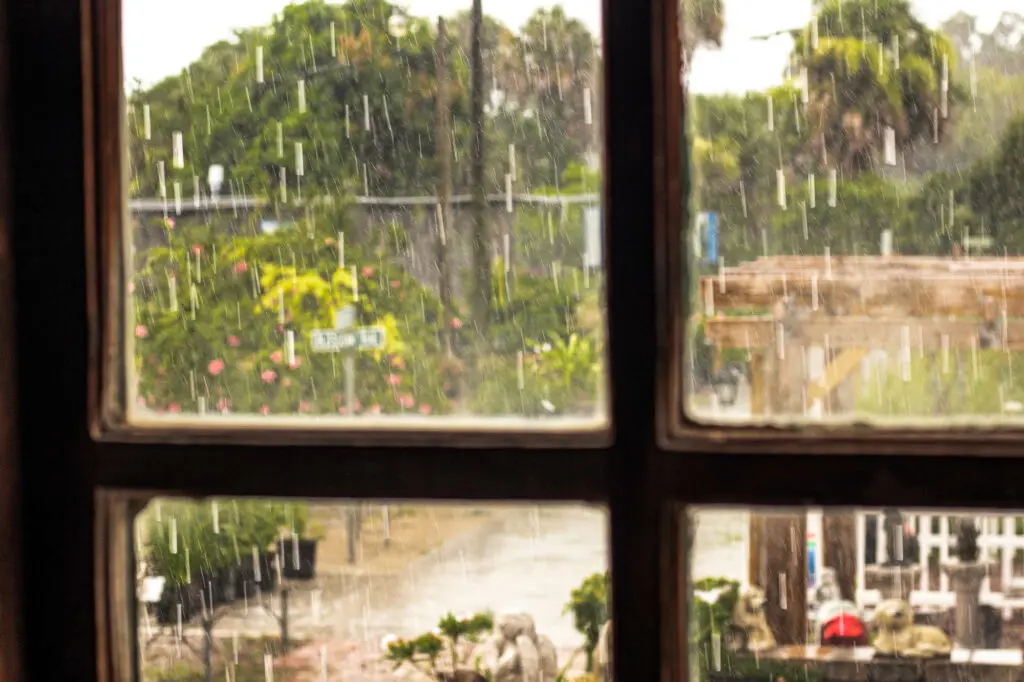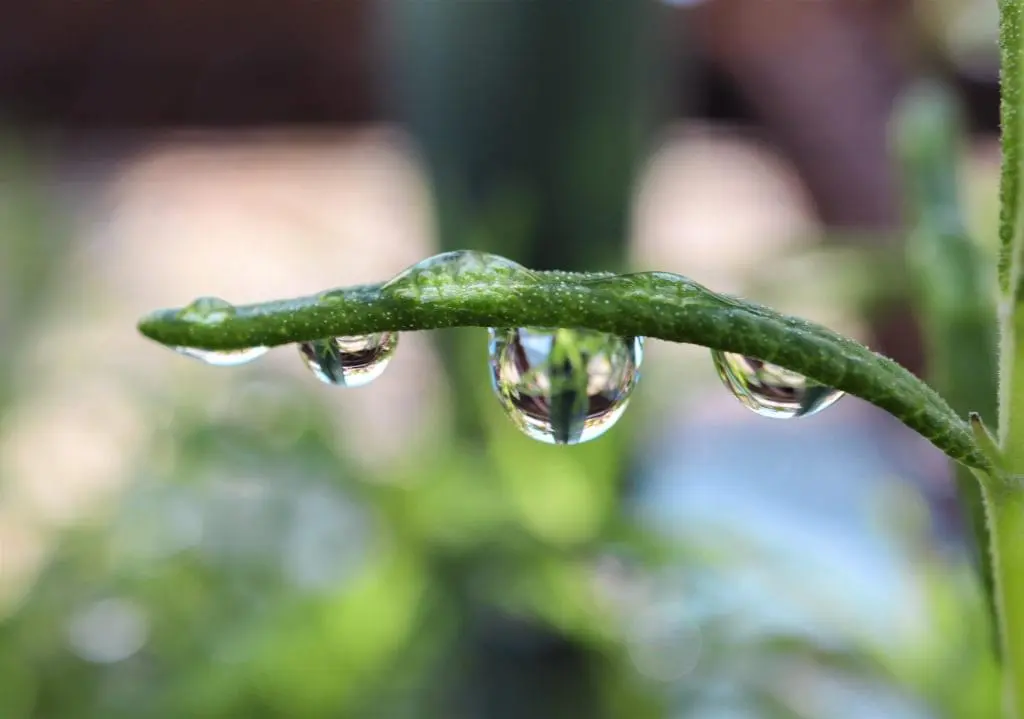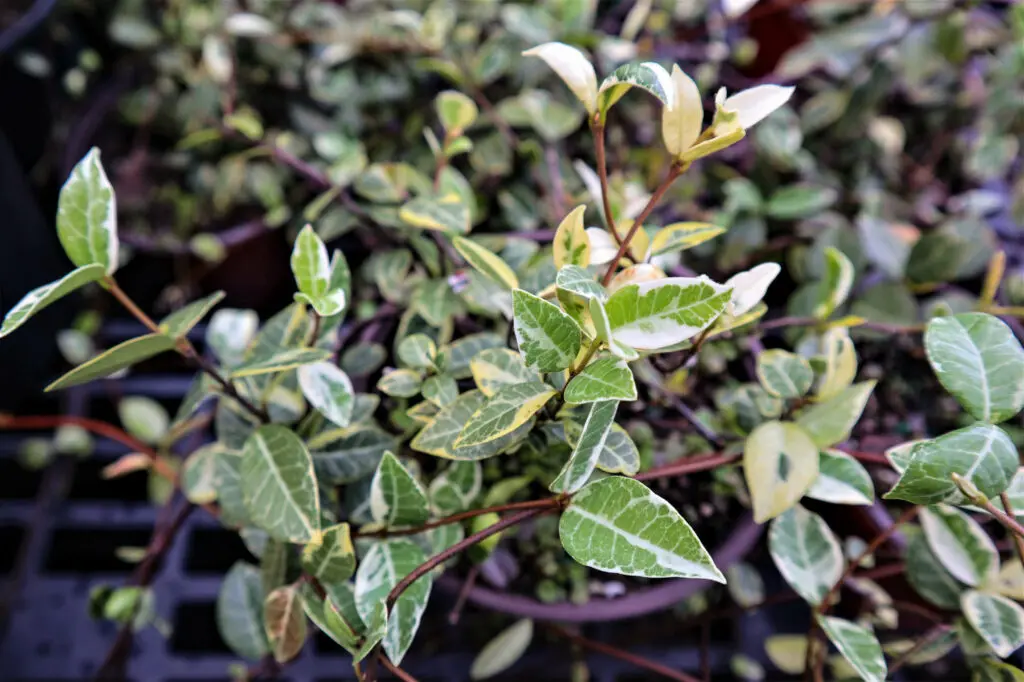by Amanda Rose Newton
Sometimes our dream houses do not come with dream landscapes. Florida is like a giant sponge with no one to wring it out over the sink.

Some areas are just going to stay wet even after the rain is long gone. If you happen to be the proud recipient of such an area, there is a plant for that!
Evolution is an amazing thing. While most plants would perish in an area that stays continuously wet, some plants have made this a niche.
The problem with excess moisture is it doesn’t allow the plant to engage as easily in gas exchange and it quickly fills up air pockets in the soil that the roots rely on. The result is root rot and an abode of other fungal ailments.
You can improve your landscape conditions to help with drainage. French drains and raised beds are classic examples. If this is not an option for you, especially if you are renting, look for those special plants to thrive in tough conditions. You can even create your own little ecosystem in the form of the popular rain garden.

Rain gardens are an area that naturally collects water and they are just as eye-catching and attractive as their drier counterparts. In urban areas, they are especially beneficial for controlling the amount of runoff that reaches the streets and are often found in the middle of parking lots for that reason.
There is a variance in how wet a wet area is, so choose accordingly to assist in getting the best plant to suit your spot.
Plants For the Slow to Dry Areas
If your area takes several days to dry out after a big storm, you can get away with more than the other groups. Here is a sampling of what you can get away with in addition to the other groups:
* represents Florida Native plants!
Groundcovers for wet areas:
Sword ferns (Polystichum munitum)
Asiatic Jasmine (Trachelospermum asiaticum)
Ivy (Hedera spp.)

Shrubs for wet areas:
Firebush (Hamelia patens)*
Button Bush (Cephalanthus occidentalis)*
Yaupon Holly (Ilex yaupon)*
Swamp Hibiscus (Hibiscus coccineus)*
Inkberry (Scaevola plumieri)*
Simpson Stopper (Myrcianthes fragrans)*
Firespike (Odontonema cuspidatum)
Liriope Muscari
Lobelia (Lobelia spp.)
Night-blooming Jasmine (Cestrum nocturnum)
Philodendron Selloum
Shrimp Plant (Justicia brandegeeana)
Trees for wet areas:
Red Maple (Acer rubrum)*
Sweet Gum (Liquidambar styraciflua)*
Sycamore (Platanus occidentalis)*
Winged Elm (Ulmus alata)
Fruit trees for wet areas:
Java Plum (Syzygium cumini)
Bananas
Jaboticaba

Palms for wet areas:
Majesty Palm (Ravenena rivularis)
Weeping Fan Palm (Livistona decipiens)
For The Forever Wet Areas
For serious water issues, the kind that will not drain, you need plants that can handle submersion. Luckily, there are many! Any of these plants will work for the slow to dry-out camp.
Perennials and Ground Covers for waterlogged areas:
African Iris (Dietes iridioides)
Cattails (Thypha spp.)
Horsetails (Equistem spp.)
Mondo Grass (Ophiopogon japonicus)
Rush (Juncaceae)
Shrubs for waterlogged areas:
Wax Myrtle (Myrica Cerifera)*
Copper Leaf (Acalypha wilkesiana)
Chinese Holly (Ilex cornuta)
Elephant Ear (Alocasia spp.)
Trees for waterlogged areas:
Sweet Bay Magnolia (Magnolia virginiana)*
Bald Cypress (Taxodium distichum)*
Red Bay (Persea borbonia)
Weeping Willow (Salix Babylonica)
Palms for waterlogged areas:
Cabbage Palm (Sabal palmetto)*
Paurotis Palm (Acoelorrhaphe wrightii)*
Chinese Fan Palm (Livistona chinensis)
- * refers to a Native plant! Bonus Points!


